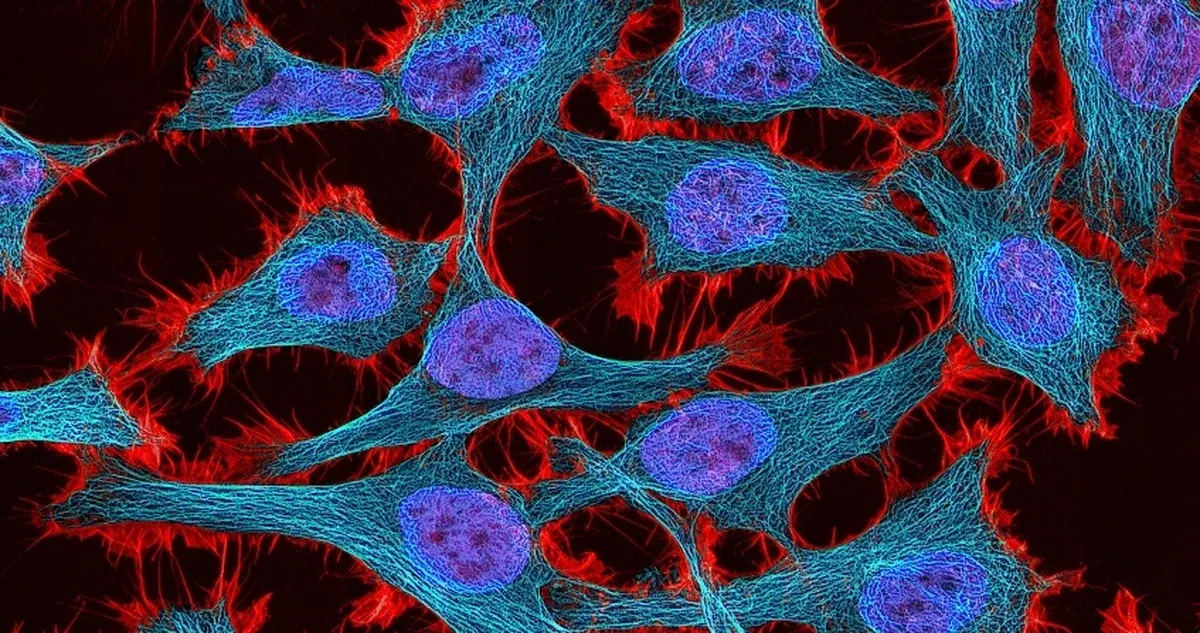We May Finally Know How 1st Cells on Earth Formed

A key part of the new findings, made by a team from The Scripps Research Institute in California, is that a chemical process called phosphorylation may have happened earlier than previously thought, the journal Chem reported.
This process adds groups of atoms that include phosphorus to a molecule, bringing extra functions with it – functions that can turn spherical collections of fats called protocells into more advanced versions of themselves, able to be more versatile, stable, and chemically active.
These protocells are widely thought to have been vital building blocks for biochemistry more than 3.5 billion years ago, perhaps emerging from hot springs under the ocean along the way to the evolution of more complex biological structures.
"At some point, we all wonder where we came from," says chemist Ramanarayanan Krishnamurthy, from The Scripps Research Institute. "This finding helps us better understand the chemical environments of early Earth so we can uncover the origins of life and how life can evolve on early Earth."
Krishnamurthy and his colleagues hypothesized that because the process is so widespread in the body's biological functions, phosphorylation ought to have been involved in early stages of protocell formation.
Replicating conditions likely to match Earth's early days in the lab, the team combined chemicals such as fatty acids and glycerol to try and create more complex vesicles – bubble-like structures similar to protocells that facilitate cellular processes.
With some tweaking of temperature and acidity, the researchers were able to get the chemical reactions they were looking for, proving that phosphorylation may have been at work as protocells developed in the primordial ooze.
"The vesicles were able to transition from a fatty acid environment to a phospholipid environment during our experiments, suggesting a similar chemical environment could have existed four billion years ago," says chemist Sunil Pulletikurti, from The Scripps Research Institute.
The team describes it as a "plausible pathway" for the creation of phospholipids, the more complex type of vesicle membrane. However, there's lots more study to do before we can be sure about how life came to be on Earth.
Looking back billions of years isn't easy of course, but scientists continue to make discoveries about what happened right after Earth formed, and it all plays into our investigations into life on other planets, too.
"It's exciting to uncover how early chemistries may have transitioned to allow for life on Earth," says biophysicist Ashok Deniz, from The Scripps Research Institute.
"Our findings also hint at a wealth of intriguing physics that may have played key functional roles along the way to modern cells."
4155/v





















